#battle of france
Text

French Char 2C in German hands after being disabled while being transported to the front, 1940
57 notes
·
View notes
Text
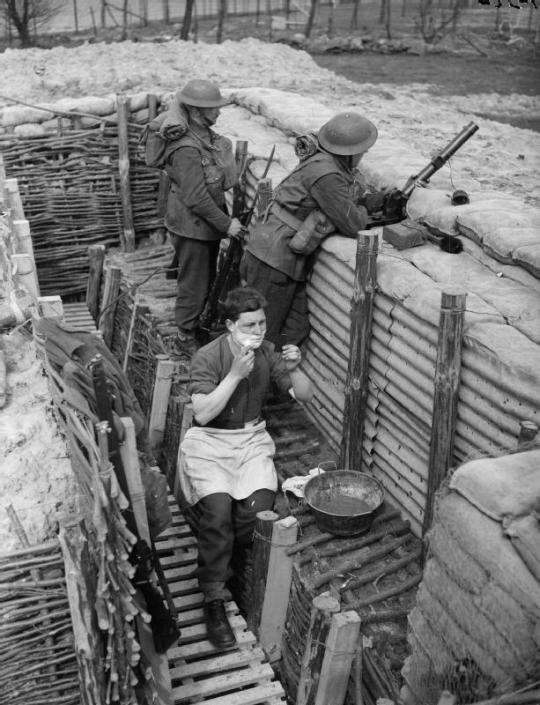
Hommes de la Compagnie D, 2e Bataillon des Sherwood Foresters, 1ère Division d'infanterie britannique dans une tranchée avancée près de Roches – Bataille de France – la drôle de guerre – France – 1er avril 1940
Photographe : Lieutenant E. A. Taylor - War Office official photographer
©Imperial War Museums - F 3504
Le caporal suppléant L. J. Harris est en train de se raser.
#WWII#bataille de france#battle of france#la drôle de guerre#phoney war#armée britannique#british army#sherwood foresters#1ère division d'infanterie britannique#1st infantry division#roches#france#01/04/1940#04/1940#1940
45 notes
·
View notes
Photo
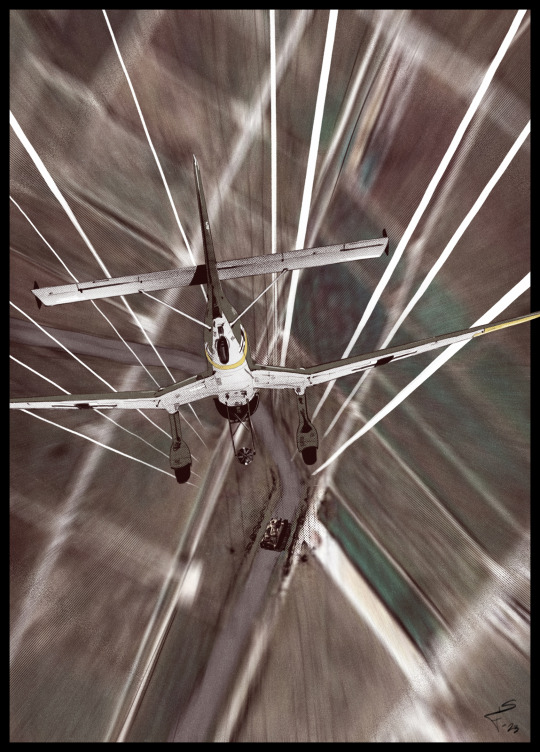
#digital art#art#artwork#drawing#sketch#illustration#dessin#artist on tumblr#ww2#stuka#Ju87#battle of france#tank#b1bis
47 notes
·
View notes
Text
News of the fleeing populace travelled through France. There were Guiders who remembered the last time this had happened only twenty-five years before, in the 'War to End All Wars'. They would never forget the wave of panic then, as people fled from their homes, and their misery as they wandered aimlessly around the country. The French Guides and Rangers were soon mobilised. In their khaki and blue uniforms the Catholic Guides de France and the non-denominational Éclaireuses worked shoulder-to-shoulder at canteens and trestle tables set up beside the roads. In a world of chaos and cruelty, it made all the difference to have blistered feet and grazes cared for at first-aid posts. Hot drinks and the Guides' smiles gave families the strength to continue. The Guides had been trained to keep their heads, and however terrible the despair around them, they served the refugees from barrows or borrowed tents. One Guide found a blackboard and wrote on it: “We have found George Ducleaux, aged three. He is here if his family wants him. Grandmother Camillion is at the first-aid post. Will her daughters join her there? Half the family of Petion from St Marie-le-Bec have gone on by train to Paris, if the other half comes through, please call at the Guide canteen for a message...” The idea soon caught on, and all along the road at canteens or first-aid posts, notices were put up to help reunite families separated by the confusion.
— How the Girl Guides Won the War (Janie Hampton)
#book quotes#janie hampton#how the girl guides won the war#history#military history#refugees#girl guides#girl scouts#ww2#ww1#german invasion of the netherlands#battle of france#france#souts et guides de france#éclaireuses et éclaireurs de france
3 notes
·
View notes
Text
1940-Battle of France

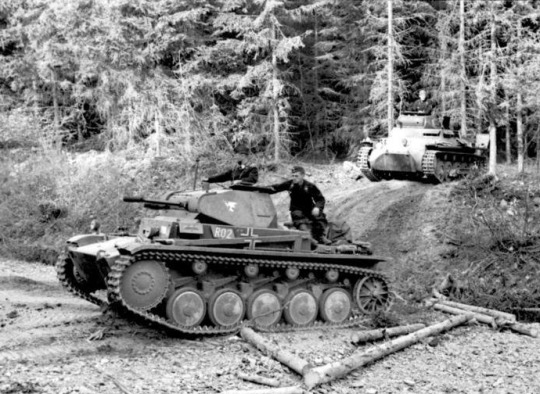

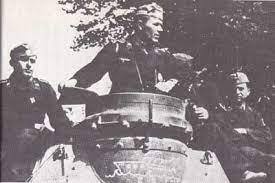
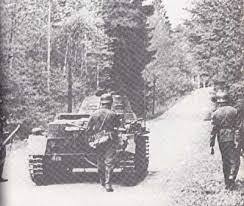
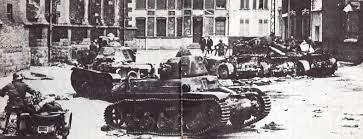
2 notes
·
View notes
Photo

“Visits Husband in Prison,” Sault Star. April 30, 1942. Page 14.
----
Madame Jean Zay Is shown leaving Central prison, Riom, with two children after visiting her husband, Jean Zay, who was minister of education in the Daladier cabinet and who was first to suffer military degradation and imprisonment in connection with war guilt trials.
#world war II#riom#riom trial#vichy france#régime de vichy#collaborators#third republic#procès de riom#farcical trial#show trial#battle of france#fall of france#l'étrange défaite
2 notes
·
View notes
Text

Memorial in our local Aldi Car Park.
R.I.P Ginger, World War 2 hero.
#1930s#1940s#1950s#raf#ww2#world war 2#fighter ace#spitfire#hurricane#ace#memorial#history#battle of britain#battle of france#war#aldi#car park#wetherby#yorkshire#leeds
1 note
·
View note
Text

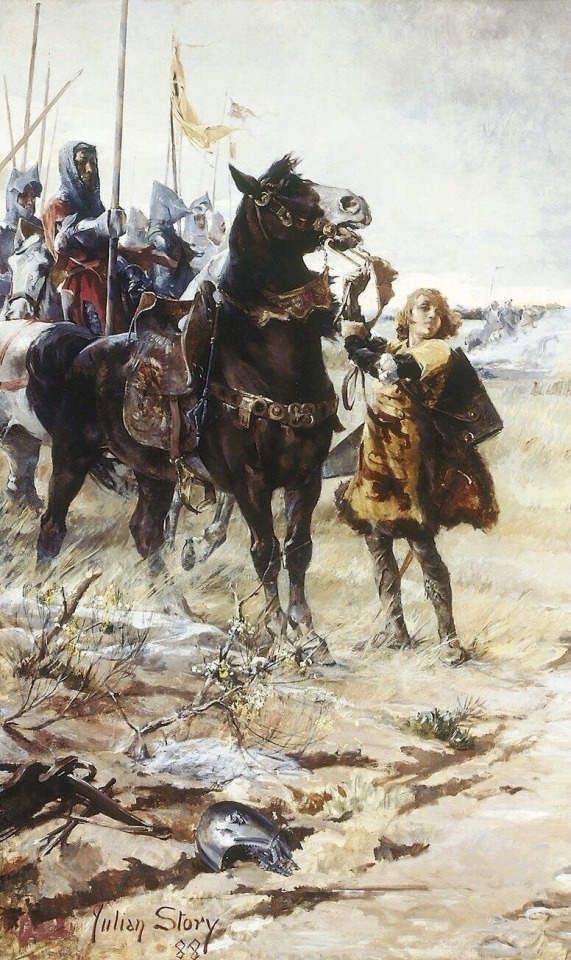
The Black Prince at the Battle of Crécy
by Julian Russell Story
#julian russell story#art#battle of crécy#hundred years war#edward of woodstock#john the blind#medieval#europe#history#france#england#english#knights#middle ages#european#edward the black prince#knight#squire#windmill#windmills#landscape#armour#heraldry#coat of arms#ich dien#john of bohemia
1K notes
·
View notes
Text
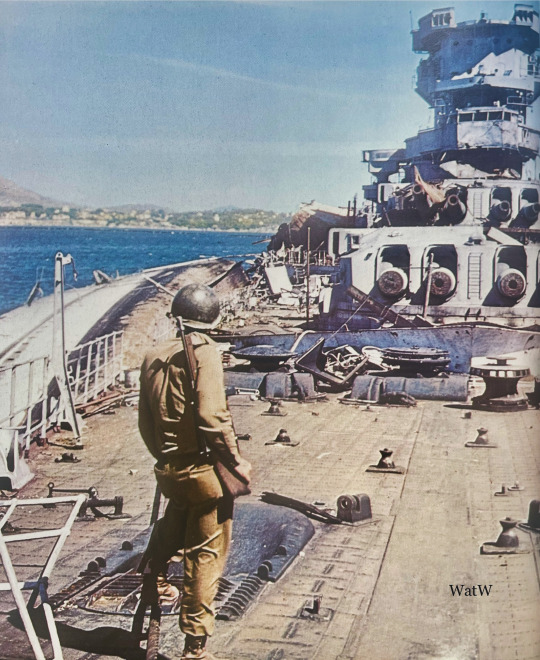
A US soldier surveys the deck of one of the two French battle-cruisers in Toulon - 1944. Both the Strasbourg and the Dunkerque had been scuttled when German forces occupied southern France in Nov 1942
#world war two#ww2#worldwar2photos#history#1940s#ww2 history#wwii#world war 2#ww2history#wwii era#dunkerque#1944#strasbourg#usarmy#us army#us armed forces#battle cruiser#scuttle#France#Toulon
208 notes
·
View notes
Text

Still from gun camera film shot by Flight Lieutenant A G "Sailor" Malan, leader of 'A' Flight, No. 74 Squadron RAF, recording his first aerial victory, a Heinkel He 111 over Dunkirk.
#wwii#aviation#battle of France#operation dynamo#strategic bombing campaign over Europe#western front
65 notes
·
View notes
Text

Generalmajor Erwin Rommel et le Colonel Karl Rothenburg, Commandant du 25e Régiment de Panzer de la 7e Panzerdivision (2e à gauche) – Bataille de France – Juin 1940
©Bundesarchiv - Bild 146-1972-045-08
#WWII#bataille de france#battle of france#armée allemande#german army#wehrmacht#heer#7e panzerdivision#7th panzer division#erwin rommel#karl rothenburg#france#06/1940#1940
24 notes
·
View notes
Text

Officers of the 2nd Kings Shropshire Light Infantry with skulls excavated during the construction of trenches and dugouts at the ancient Greek site of Amphipolis, 1916.
#World War One#The Great War#1918#1917#1916#1914#first world war#history#historical#historical photos#world history#canadian history#military history#british army#Indian History#war#military#somme#Battle of the Somme#france#belgium#the western front#vimy ridge#Battle of Vimy Ridge
157 notes
·
View notes
Text

Claudia Cardinale as Pauline Bonaparte, 1960
#Claudia Cardinale#pauline bonaparte#film#1960#movie#French film#cinema#the battle of austerlitz#Austerlitz#napoleonic era#napoleonic#pretty#films#Napoleon’s family#Napoleon#fashion#French fashion#first french empire#french empire#France#19th century#fashion history#empire style#empire#history of fashion#Artemis#Diana#neoclassical#neoclassicism#women
959 notes
·
View notes
Text
Sergeant George Booth, a twenty-nine-year-old observer with the RAF's No.107 Squadron, is usually credited as the first Briton to be taken prisoner in the Second World War. Booth's war ended the day after it had officially begun when his Bristol Blenheim was shot down over the German coast on 4 September 1939. The pilot was killed by the Wireless Operator, Air Gunner Larry Slattery, survived and, together with Booth, spent the next six years in captivity. They were among an estimated 170.000 to 200,000 British, Commonwealth and Empire men who were taken prisoner in Europe during the Second World War. This compares to the 90,000 Allied prisoners who were held in around a thousand camps around the Far East after Japan entered the war in late 1941.
Booth and Slattery left behind a country that was just embarking on what became known as the 'Phoney War' – when the population held its breath, waiting for a bombing onslaught that failed to appear. The first major influx of British POWs into German camps began nine months later in June 1940 when that phoniness gave way to a Blitzkrieg – or lightning war – as the Nazis swept down through the Low Countries into northern France. As the British Expeditionary Force (BEF), which had been sent to defend France, was evacuated from Dunkirk and other ports it was forced to abandon over 50,000 men who would spend the rest of the war as POWs. They entered captivity knowing that Britain faced the threat of invasion and that, if Hitler was successful, they were unlikely ever to see their homes again.
Each major Allied defeat made more men POWs. Germany's invasion of Greece and Yugoslavia in April 1941 was followed by the battle for Crete after which 11,370 Allied troops were captured in May 1941. The next big wave of POWs arrived from North Africa where Rommel was notching up significant victories. When he finally managed to break the siege of the Libyan port of Tobruk in June 1942, the garrison's 35,000 men, many of whom were South Africans, lost their freedom.
Since America did not enter the war until after Japan bombed Pearl Harbor in December 1941 only 62,000 of her soldiers became POWs in Europe. Most American POWs before D-Day were airmen. Soldiers began to be taken in large numbers when the Allies landed in Italy in 1943 and Normandy in 1944 and began to claw back parts of occupied Europe. The Germans captured over 6,000 men in September 1944 as a result of Operation Market-Garden when the Allies tried to establish a bridgehead across the Rhine at Arnhem; Hitler's surprise attack on the Ardennes (also known as the Battle of the Bulge) in a bitterly cold December 1944 led to around 23,000 Americans becoming POWs.
Most prisoners were soldiers. The nature of sea battles meant that few men serving in the Royal or Merchant Navy survived to becomes prisoners or internees – about 5,500 from each category. Around 13,000 British and Commonwealth airmen and 33,000 US airmen became POWs but their experience was very different from the other services. Of the 10,000 members of Bomber Command (about eight per cent of its total) who became POWs, many started their day with a British breakfast on British soil, and ended it in a cell where the enemy was keen to extract as much information from them as possible. The RAF did not suffer anything like the military setbacks of Dunkirk or North Africa and the peak year for Bomber Command was 1943-44 when 3,596 of their members became prisoners.
Becoming a prisoner in 1944 or 1945 felt quite different from becoming a POW in the early days of the war. Although the later prisoners had a sense that the war was drawing to a conclusion and that the Allies were winning, they still faced an uncertain future. Would they become hostages or even suffer execution at the hands of an enemy who felt he had nothing to lose?
— The Barbed-Wire University: The Real Lives of Allied Prisoners of War in the Second World War (Midge Gillies)
#book quotes#midge gillies#the barbed-wire university: the real lives of allied prisoners of war in the second world war#history#military history#naval history#aviation history#prisoners of war#ww2#phoney war#battle of france#dunkirk evacuation#britain#usa#germany#nazi germany#george booth#larry slattery#royal navy#merchant navy (uk)#raf
1 note
·
View note
Text
Battle of Arras (1940)
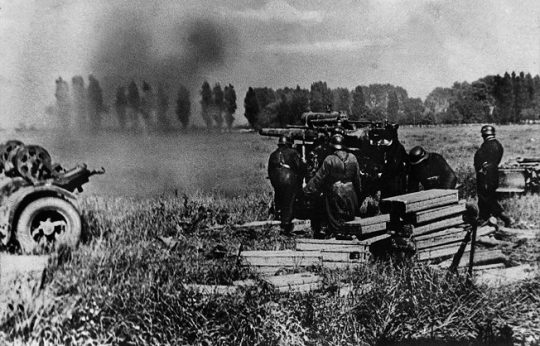
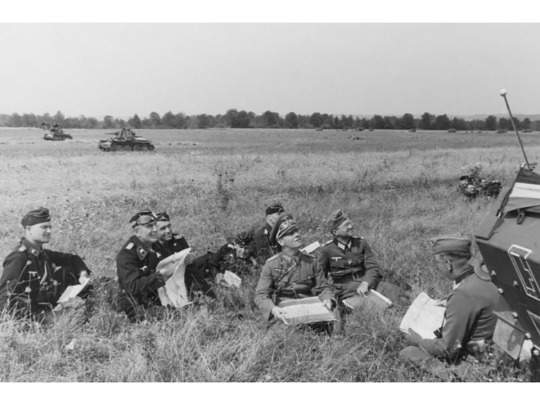

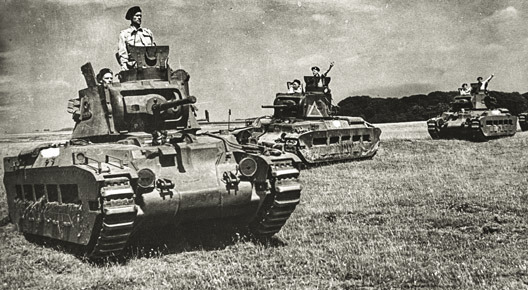


1 note
·
View note
Text
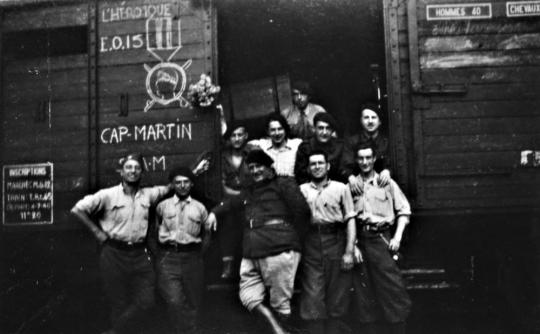
Le 4 juillet 1940, gare de St Raphaël, les artilleurs se regroupent à Roquebrune/Argens pour y être démobilisés.
Collection A. Loviny. Wikimaginot.eu
#157e régiment d'artillerie#maginot line#la ligne maginot#demobilization#world war ii#fall of france#battle of france#armée française#artillerymen#saint-raphaël#var#histoire de france#argens#roquebrune
0 notes